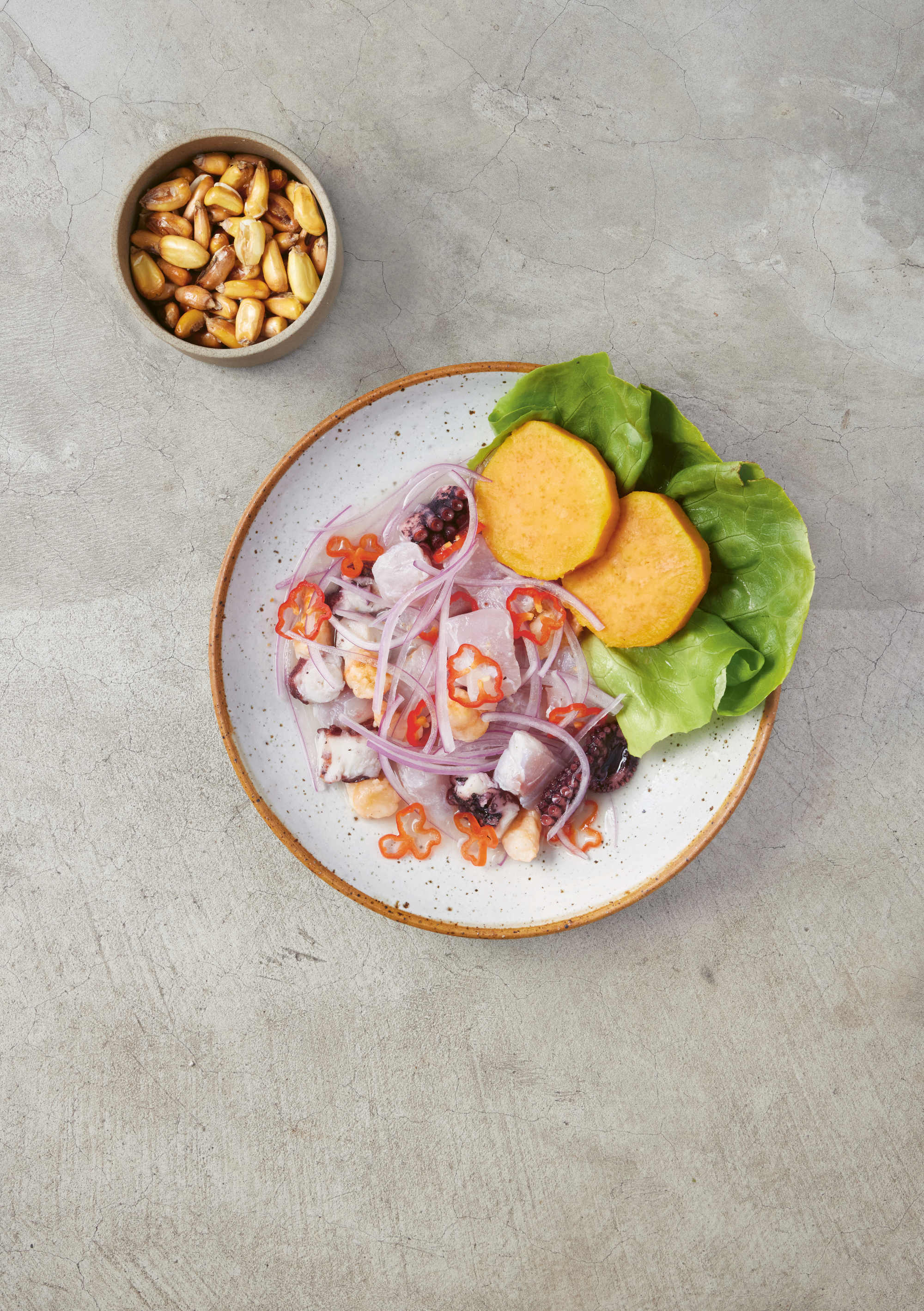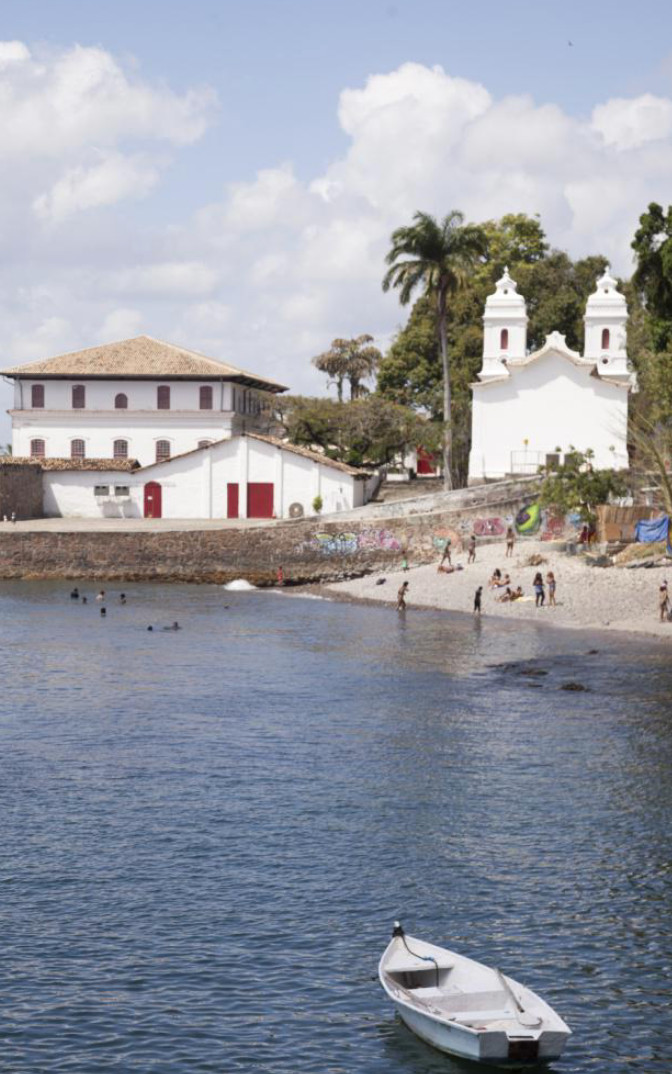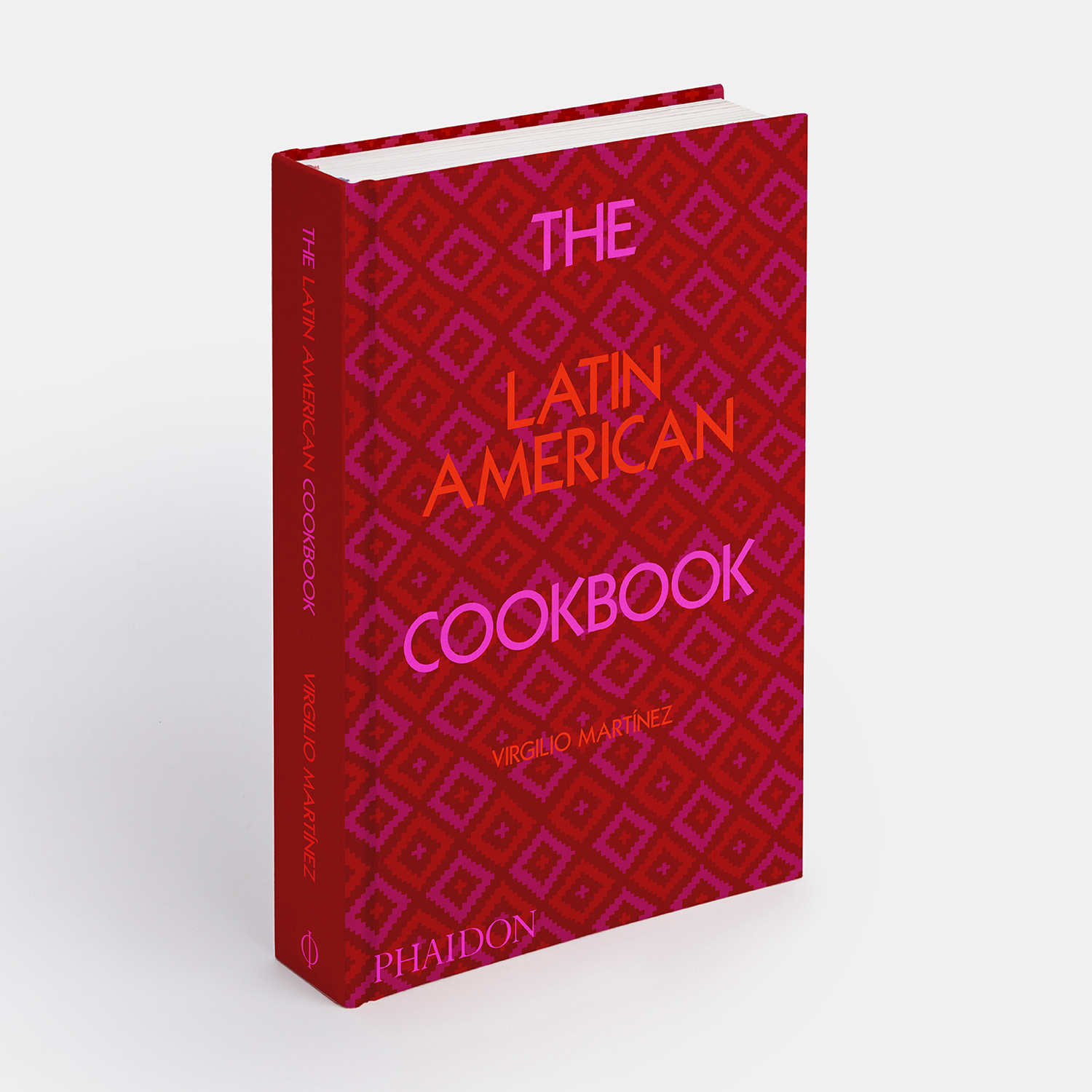
The highly cultured fish dish in the Latin American Cookbook
Think you know ceviche? Think again. Our new book traces the cultural evolution of this deceptively simple recipe and it's a fascinating tale
Pretty much anyone with a passing knowledge of world cuisine knows about ceviche, the seafood dish from Peru that locals tenderise via fruit juice marinades, rather than cook conventionally. However, as our new title, The Latin American Cookbook, explains, the evolution of this technique isn’t quite as simple as some might think.
This new title brings together 600 recipes in a culinary celebration of the continent’s much-loved cuisines. In among all those recipes, co-authors Virgilio Martinez and Nicholas Gill, also tell the stories behind many of these popular dishes, and ceviche is no exception.
“Crude forms of ceviche made of raw fish marinated in the juice of the banana passionfruit, also called tumbo or taxo, were seen by Spanish conquistadors on the north coast of Peru in the 1500s, though using acidity to coagulate proteins in seafood is a culinary technique that likely existed in the region long before,” explains the new book.
“Along the Pacific coast of Latin America, from Mexico to Chile, pre-Columbian people used souring agents like fruits and fermented beverages, not to mention salt and chile peppers, to flavor seafood. Thousands of recipes have developed over the ensuing centuries. While ceviche is Peru’s national dish and a form of it has become emblematic of that country, there’s no direct evidence it originated there.”
Indeed, the dish changed when Europeans arrived and settled there. “They introduced bitter oranges, limes, and onions to the region and those were soon incorporated into ceviche,” the book goes on.

A few centuries later, another group changed the way this dish was made. “The second transformation occurred in the twentieth century as Japanese migrants flocked to Peru to work in coastal plantations,” says The Latin American Cookbook. “Some became cooks, and in the second half of the century began experimenting with the form of ceviche. They cut the fish into uniform chunks and shortened the time it came into contact with the acidity from a few hours to just a few seconds before serving, helping to balance the acidity. This continues to be the standard form throughout Peru and increasingly elsewhere in the region.”
The freshest fish is the best for this dish, and some cevicheros close after lunch, rather than serve less-than-fresh cuts. White fish such as sea bass is preferred over oily fish, such as mackerel, though everything from lobsters to razor clams can be added to the dish.
Interestingly, true ceviche isn’t especially spicy. “In Baja, ceviche tostadas are served with hot sauce on the side, or at the most, a few slices of optional jalapeño that can be picked off,” notes our book. “In Chile, most ceviches have no spice at all. In Peru, and sometimes Ecuador, Andean chiles with strong aromas like rocoto or ají limo are chopped into thin slices or bits and sprinkled on top of the ceviche at serving. Many classic ceviches have some ají amarillo puréed and mixed in with the leche de tigre, while in the Amazon, tiny and fruity ají charapita are sometimes mixed with cocona fruit to add a slight, fruity kick. Still, even in Peru, most ceviches are not overly spicy unless requested.”
What does go into the dish varies from region to region. “The classic Limeño ceviche will add boiled cassava, glazed sweet potatoes, choclo (boiled corn), cancha (toasted corn kernels), onions, some cilantro, and seaweed,” explains the text in our book. “On the north coast near Piura, they’ll add canary beans into the mix. In Ecuador, there might be tomatoes, popcorn, and chifles (plantain chips). In Mexico and Central America, tortilla chips are served on the side. More recently, some restaurants have added exotic ingredients, like edible flowers and cushuro, a cyanobacteria from the Andes.In many ceviches, especially in Peru, they sprinkle a bit of MSG, in their leche de tigre. It’s optional, though an alternative is adding some dried kombu to the stock of your leche de tigre, turning it into almost a dashi.”

The street cart ceviche in The Latin American Cookbook doesn’t throw in anything quite so unusual. Instead, this recipe, which is pretty much what you’d find served in Peruvian beach shacks, combines fresh white fish with lime juice, celery, garlic, fresh ginger, and cilantro (coriander). To get the full recipe, as well as other variations on the dish, and much more besides, order a copy of The Latin American Cookbook here.